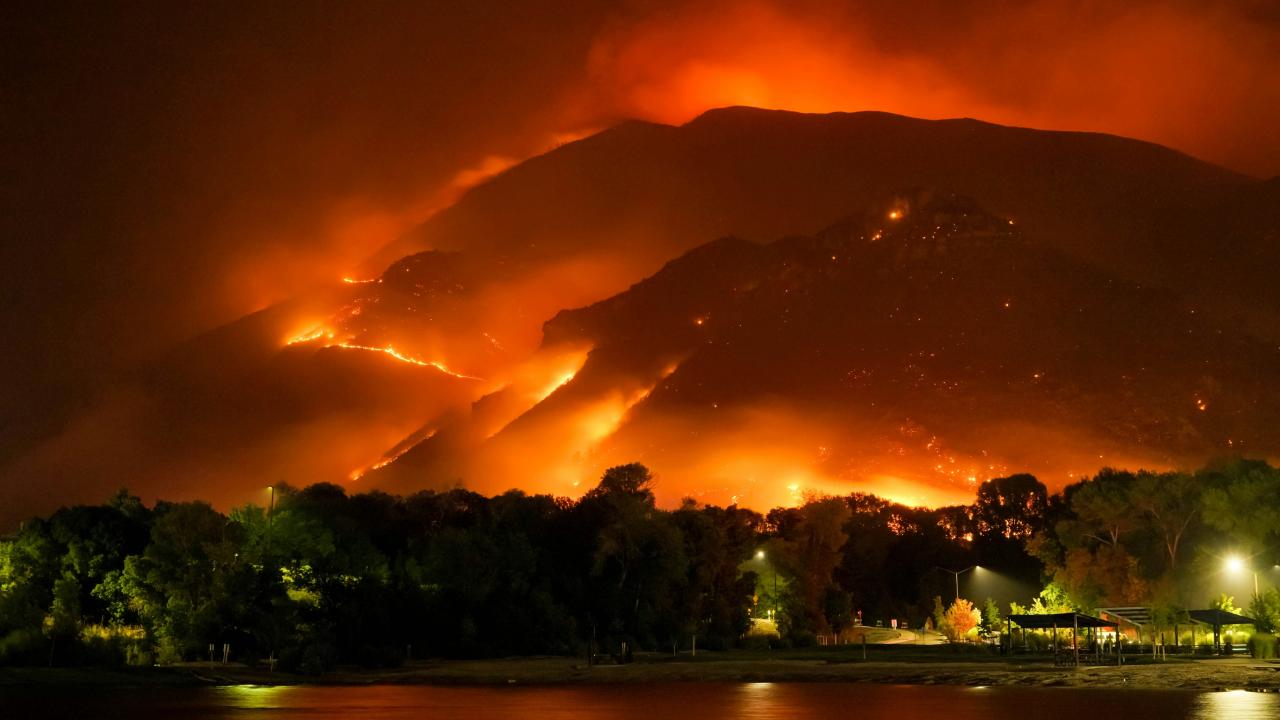
Park Fire poses risk to spring-run salmon
The Park Fire, located north of Chico and near Lassen National Park, ignited on July 24 and is presently California's fourth-largest wildfire. At approximately the size of half of Rhode Island (~428,808 acres) as of August 9, this ongoing wildfire's rapid expansion is alarming the community, state, and scientists alike. Indeed the largest single-source wildfire in California, the Dixie Fire, already burned 68.8% of Lassen National Park in 2021, and this year's fire is following in close pursuit. While low-intensity fires do offer some ecological benefits to fire-prone landscapes, the sheer size and intensity of the Park Fire makes this wildfire particularly concerning. In particular, the Park Fire has sparked great concern for the vulnerable spring-run salmon populations in Deer and Mill creeks.
“We had a really bad year [for salmon] last year. We had a really bad year [for salmon] this year. Say we wipe out this cohort. Salmon are on a three-year lifecycle. That’s starting to look like the anatomy of an extinction.” – Andrew Rypel, Director of the Center for Watershed Sciences and Professor of Fish Ecology at the University of California Davis
In various news interviews, Andrew Rypel, Director of the Center for Watershed Sciences and Professor of Fish Ecology at the University of California Davis, has spoken out that this potential impact on spring-run salmon populations is a wake-up call for conservation efforts. For instance, salmon juveniles follow a three-year life cycle, and the past few years have not produced favorable conditions for them. The timing of this fire could have severe implications for the survival of spring-run salmon and possibly push them to the brink of extinction. Learn more in the press articles below:
- Sacramento Bee – "The Park Fire is tearing through some of California’s last wild habitat for threatened salmon," by Ari Plachta. 8/10/2024
- Los Angeles Times – "As California salmon population plummets, monster wildfire threatens spawning habitat," by Ian James. 8/06/2024
- Los Angeles Times – "California’s largest wildfire of the year explodes in size and destroys scores of buildings," by Grace Toohey, Hayley Smith, Ian James, James Rainey, Ashley Ahn and Suhauna Hussain. 7/26/2024
- CalMatters – "Park Fire jeopardizing one of California’s most iconic species: ‘This species could blink out’," by Rachel Becker. 7/31/2024
- Mercury News – "Park Fire blows up overnight into 8th-biggest wildfire in recorded California history," by Ethan Baron. 7/29/2024
- Fire Progression map: https://calmatters.org/california-wildfire-map-tracker/
